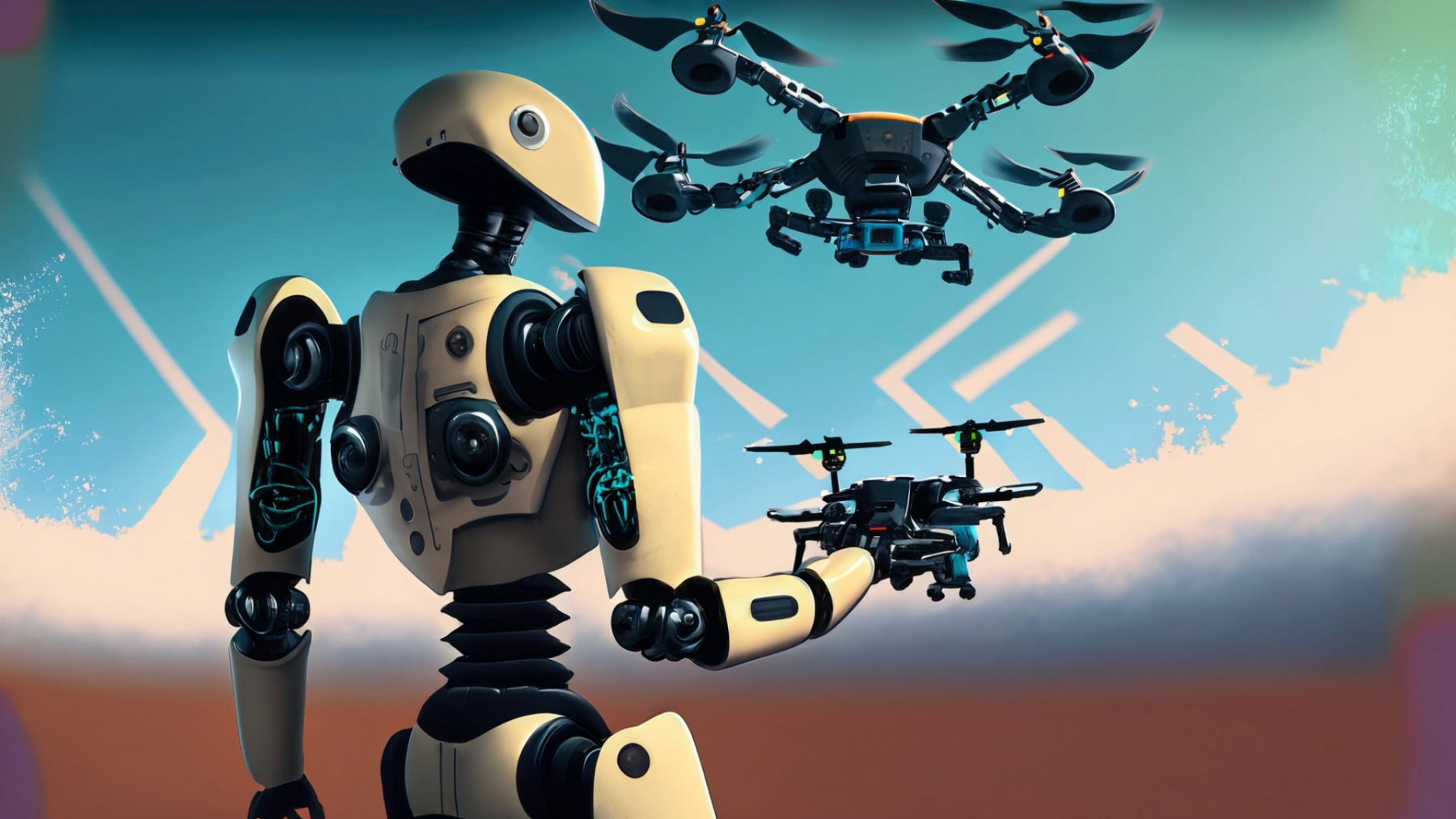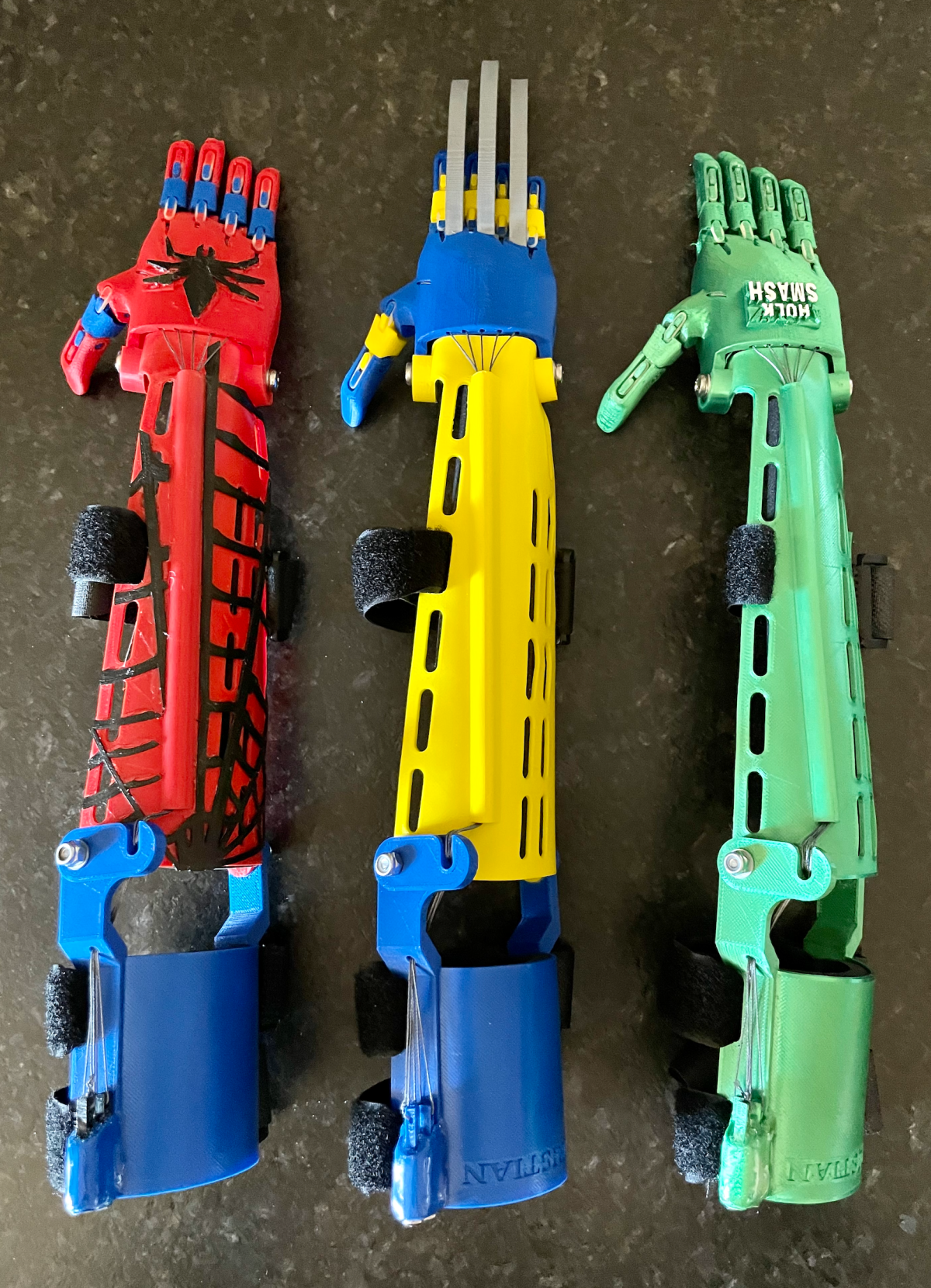
Sensor Integrated Movement (Planning): Part 9 of 10
by William Blevins
In this lesson students will think back on all of the coding skills they have learned and will plan out their code to fly their drone through their maze based on sensor feedback. It is important that code be studied and tested before deployed to the drones as broken hardware is not evidence of proper stewardship of resources. All student groups will present their plan for navigating their different mazes and will have opportunities for feedback and revision based on given feedback to hopefully help avoid any catastrophic issues that can be easily anticipated.
This is lesson 9 of 10 from the coding drones lesson sequence.
Lesson Plan Link/URL
https://docs.google.com/presentation/d/1SM2fmC-yz2Wk1S1FgZsUSrjM-eyuvzyq/edit?u…Related Content

Grades:
6th Grade, 7th Grade, 8th Grade, 9th Grade, 10th Grade, 11th Grade, 12th Grade
Be a part of the humanitarian effort and teach students how to create a fully functioning 3D printed prosthetic arm for a client in need. This lesson walks you through the process in a slideshow

Grades:
4th Grade, 5th Grade, 6th Grade, 7th Grade, 8th Grade, 9th Grade, 10th Grade, 11th Grade, 12th Grade
The Micro:bit prototyping academy is designed to teach students the basic commands and features in order to innovate their own device. They will learn the input commands, variables and conditional

Grades:
4th Grade, 5th Grade, 6th Grade, 7th Grade, 8th Grade, 9th Grade, 10th Grade, 11th Grade, 12th Grade
Learn how to train your own Artificial Intelligence neural network without the complexities of coding. Google's (free) Teachable Machine is a web-based tool that makes it easy to train your computer